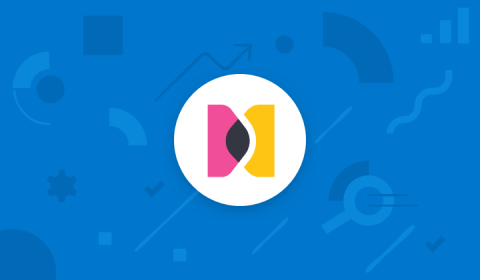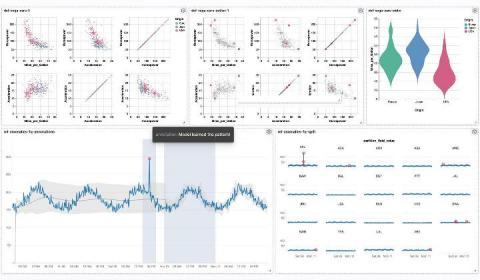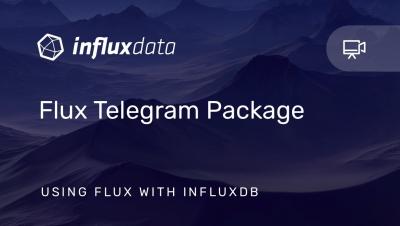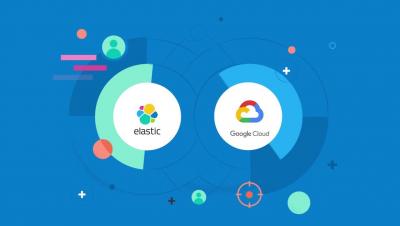Top 10 AI & Data Podcasts You Should Be Listening To
With the speed of change in artificial intelligence (AI) and big data, podcasts are an excellent way to stay up-to-date on recent developments, new innovations, and gain exposure to experts’ personal opinions, regardless if they can be proven scientifically. Great examples of the thought-provoking topics that are perfect for a podcast’s longer-form, conversational format include the road to AGI, AI ethics and safety, and the technology’s overall impact on society.








